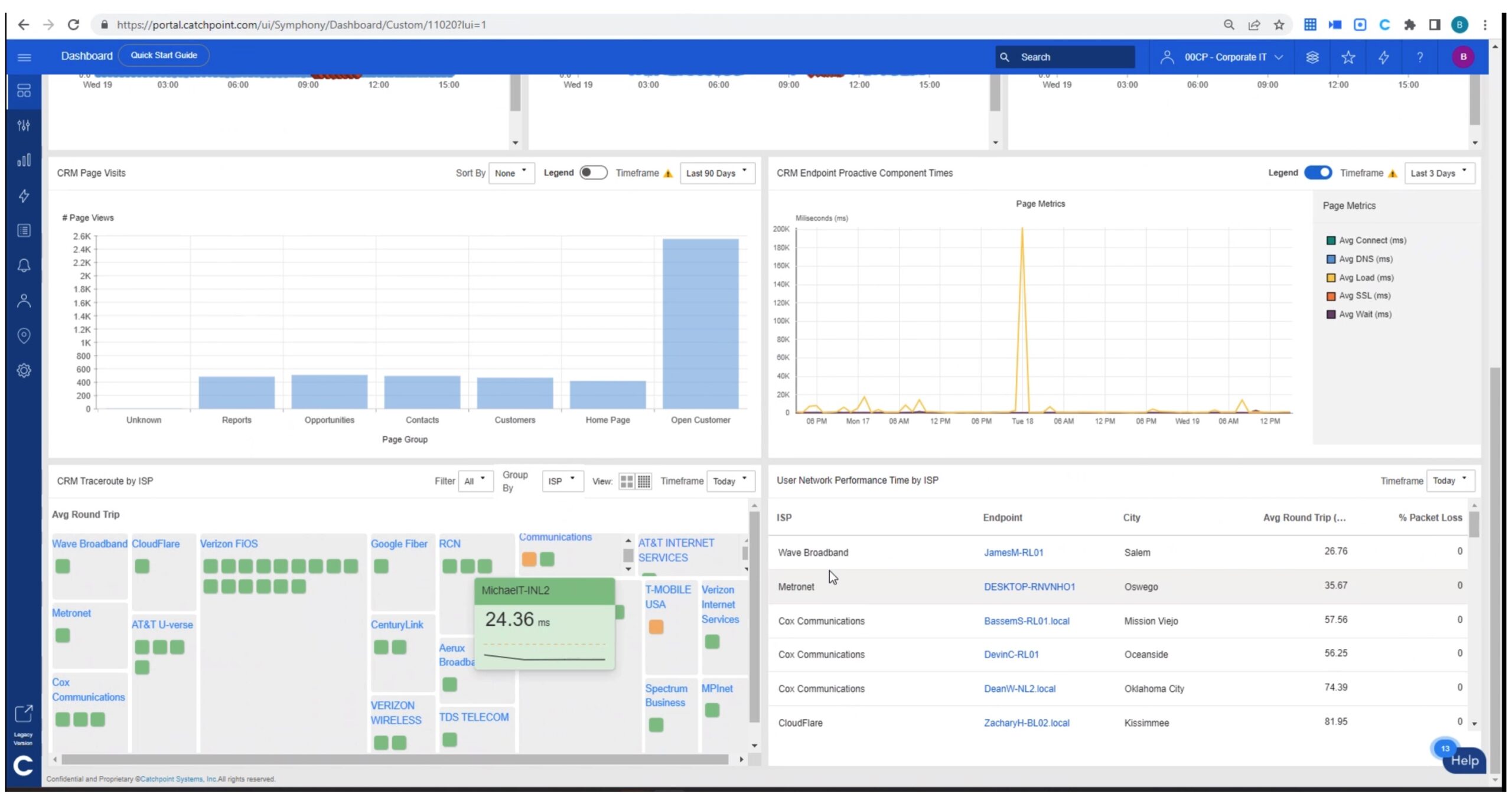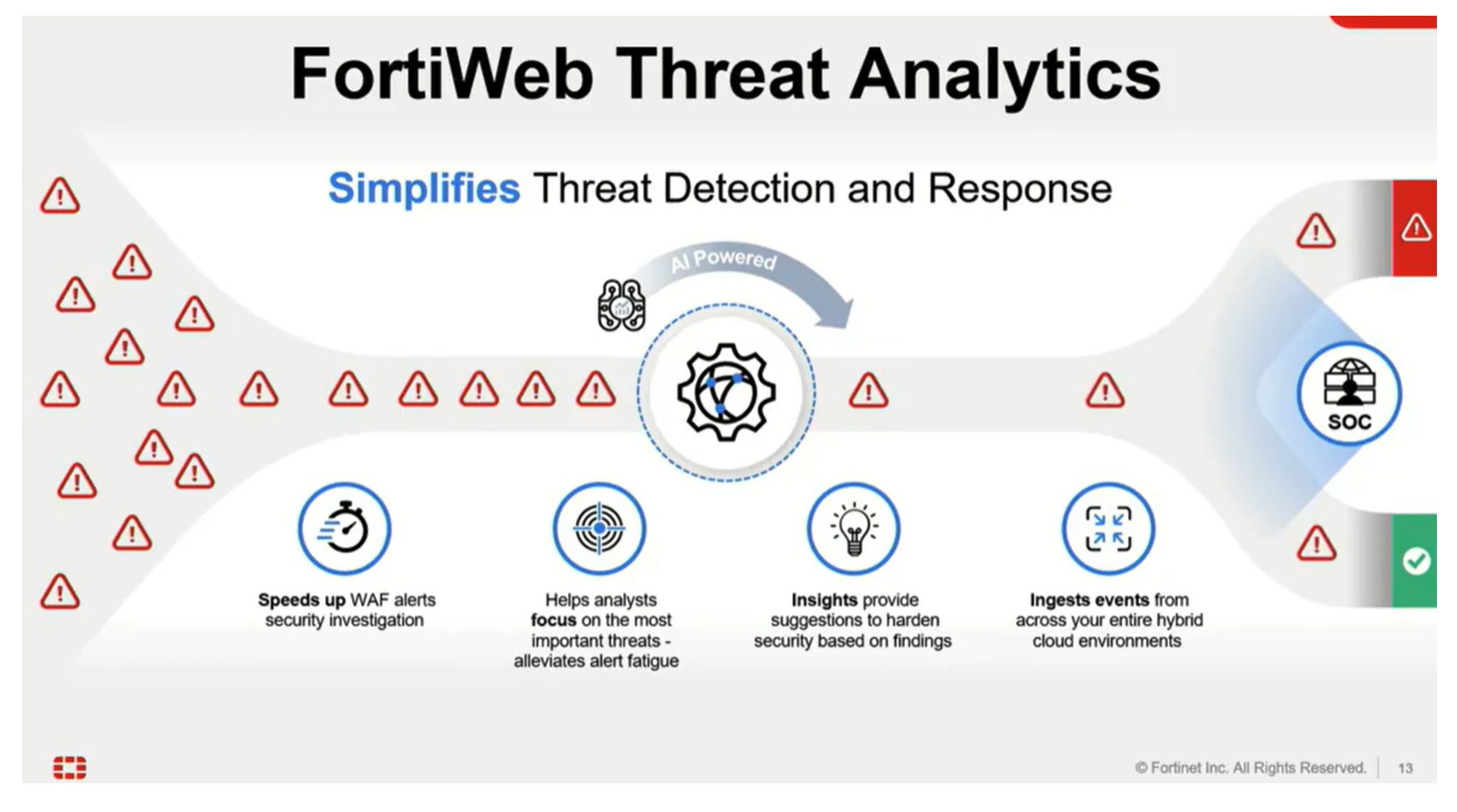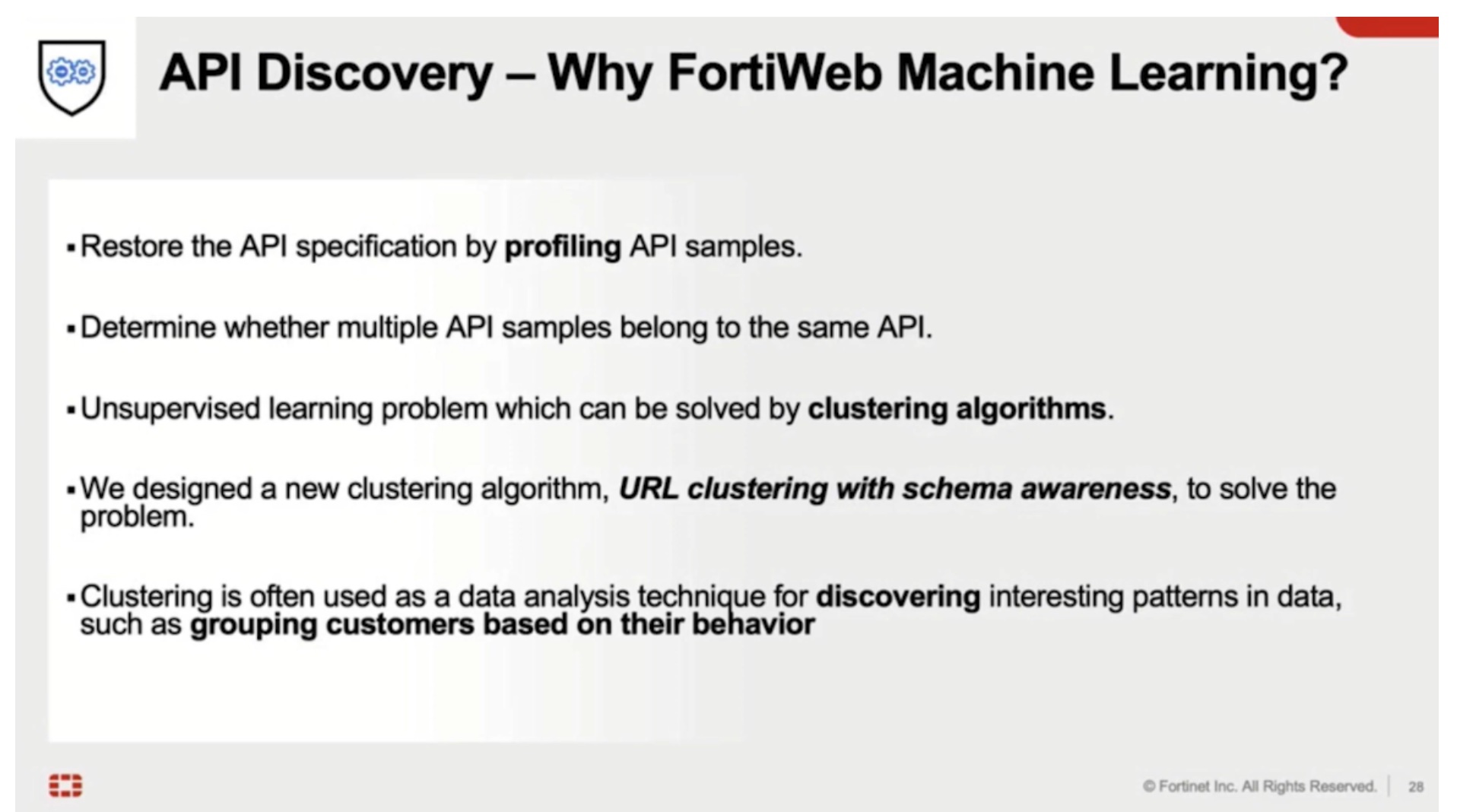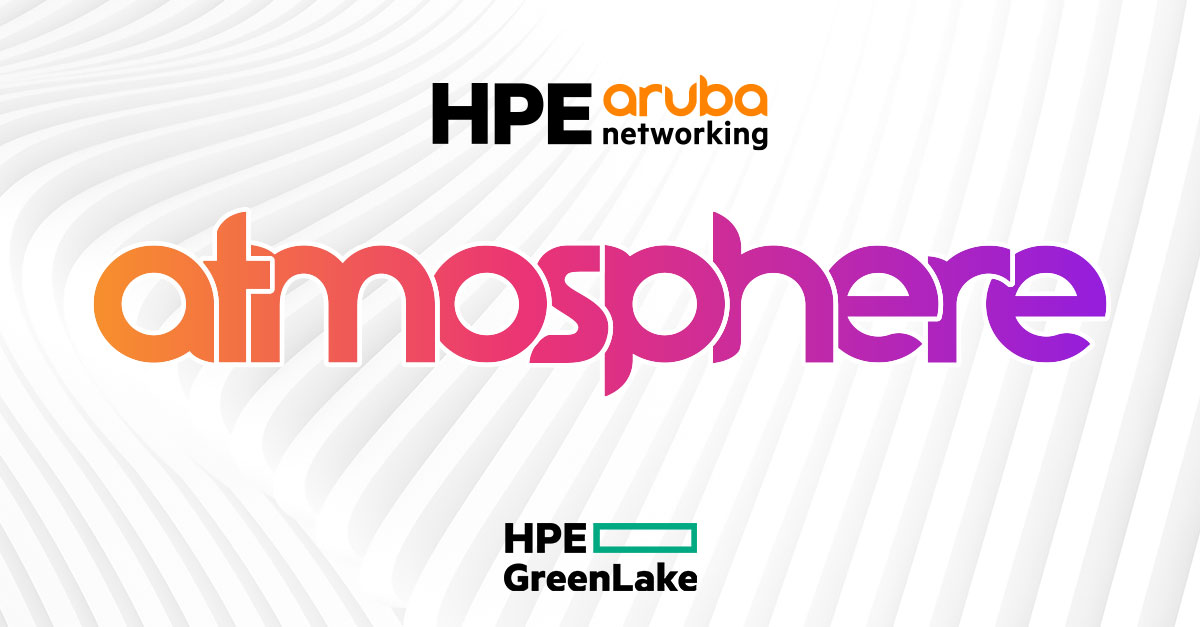Welcome to the State of the Industry from Gestalt IT. This is a weekly series where our staff gets together, talks about what seems to be percolating within the enterprise IT space, and puts together a look at a few relevant stories. We consult with experts in the field to get their opinions, and bring it all you you in a concise post. Thanks for joining us!
State of the Industry: Amazon Web Services

Image Credit: ccpix.com
Have you heard of this Amazon Web Services thing? The AWS re:Invent 2016 conference concluded last week. In a lot of ways, their strategy resembles what Netflix does (which ironically runs on AWS). They currently have such a dominant market position, so they can afford to invest in a lot of the smaller use cases. A lot of the features they offered seem to only appeal to very niche cases. That’s just what Amazon wants, making themselves indispensable for a large number of small groups.
AWS Snowmobile
I’ve always been a fan of the idea of sneakernet. The idea that you can get amazing throughput (and horrific latency) by just walking your data over. Well Amazon must really love the idea, because they put it on steroids. The AWS Snowmobile puts a 100 petabyte SAN on wheels. Of course, the entire pitch of this is to put your data into AWS. I did a back of the envelope calculation. Assuming you filled up the entire 100PB (who couldn’t), and sent the whole thing across the US, you’d still be sending it at 5.5 terabits per second. It’s brute force data transfer at its most grotesque scale. Not sure if it’s a hammer in search of a nail, but it certainly makes an impression!
Snowball Edge
When I was reading a lot of the announcements from re:Invent, I didn’t really know what to make of the Snowball Edge. Tom Hollingsworth made it really simple for me. Imagine you want to migrate to the cloud. Amazon sends you a Snowball Edge for a month, it sits in your data center. A month later, you send it back, and that data is now living on AWS. That already made it an interesting product.
Keith Townsend fleshed this out a little, this is Amazon’s take on hyperconverged infrastructure. Of course, as with most of their efforts, the overall idea is to eventually still move things onto AWS. But with the Snowball Edge, they’re easing the transition. For instances when you still need something local, the Snowball Edge can offer the compute of a EC2 m4.4xlarge instance with 100TB of storage, deployed in an initial three node configuration. If a node isn’t needed and is removed, you send to back to Amazon, where your data goes onto AWS. It’s not exactly a traditional HCI play. This is a perfect example of Amazon identifying a market AWS can’t exactly serve. The Snowball Edge probably isn’t going to unsettle the HCI market overnight, but it removes yet another reason why an enterprise wouldn’t at least consider Amazon.
Amazon Lightsail
Lightsail is Amazon’s play in the virtual private server market. It’s focused on getting you up and running WordPress, Drupal, or Magento with minimal fuss. It was so easy, I accidentally started a blog with it. It may not offer a ton of performance for the money, but I do like that it’s doesn’t try front load their pricing with long term commitments. This is probably best used for save individuals or small businesses. If they tied it in with domain registration, it might be a killer one-stop shop for a VPS.
James Hamilton
I get excited every time a big company shares a little insight into their operations. There’s something fascinating about combining process with incredible scale, it gets me every time. So when AWS VP James Hamilton got on stage to give a behind the curtain peak at some of their setup, I was all ears. There’s a lot to parse through, but the mic drop moment was probably that Amazon now brings on enough server capacity every day to support the company’s entire operational load in 2005. Granted the company has changed a lot, but it was still an $8.5 billion enterprise back then.
Another interesting drop by James’ keynote, they’re running 25Gb Ethernet in most of their data centers. This might seem a little weird, given that a lot of enterprises have moved to 40GbE. I spoke with Greg Ferro on this, and he thinks 25GbE is the only real way forward for data centers. In the weird world of fast Ethernet, 40GbE is achievable with four 10Gb lanes. The additional optics needed for those lanes makes the cost increase substantially. 25Gb may be more expensive than 10Gb, but scales a lot cheaper to 50 and 100Gb, and (should) get more affordable going forward. On the face of it, it seems odd to abandon 40Gb for 25Gb, but when you realize it can be substantially less expensive and easier to scale, Greg made a convincing case. It definitely makes sense for Amazon going forward, although I wonder if speeds in excess of 10Gb are academic for a lot of businesses.
This keynote was full of juicy tidbits. Amazon runs 11PB of storage on a single rack. They’re already powering 25% of AWS using renewables. Oh, and they’re connecting Australia, New Zealand, Hawaii and Oregon with a 14,000km undersea cable. Like I said, a ton of stuff.
Outside of the traditional enterprise, they really made a push into AI with image recognition and text to speech integrations into AWS. I don’t know where they stand on a technological level compared to competition from IBM, Google, and Microsoft, but putting it into AWS certainly gives it a giant audience that will be hard for the others to meet.
With the amount of announcements Amazon put out, they’re acting more like the pesky upstart than the dominant player. If there’s one takeaway from AWS re:Invent 2016, it’s the ecosystem looks vibrant. If there’s two takeaways, it’s that semi-trucks carrying 100PB are undeniably fun.





[…] this week’s State of the Industry, I looked at some of the announcements from AWS re:Invent. For me, the most interesting was the AWS […]